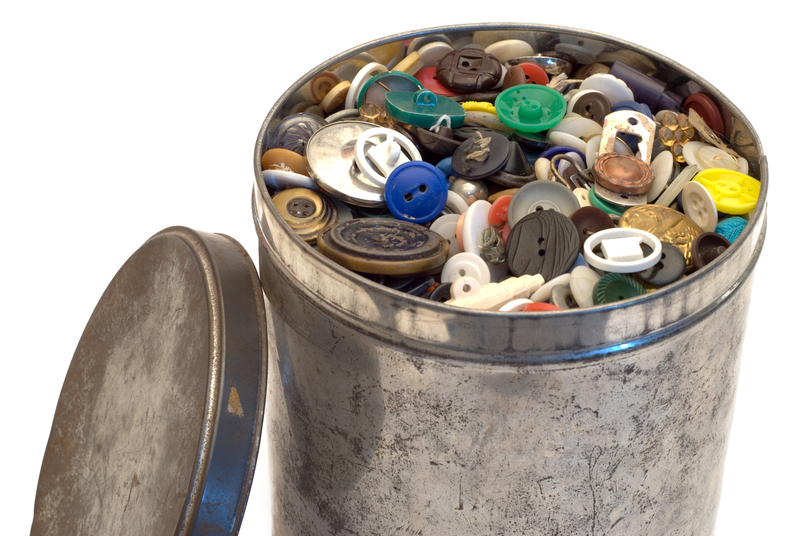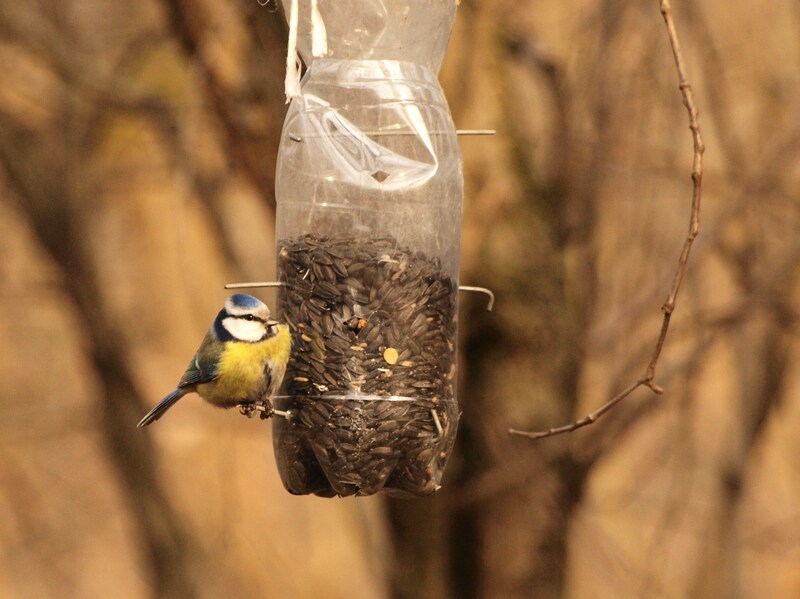Turning the Tide Against Microplastic Pollution: A Comprehensive Guide
Microplastic pollution is one of the most significant environmental hazards facing our planet today. With every passing day, oceans, rivers, soils, and even the air we breathe become more contaminated by these tiny particles. But hope is not lost. Across the globe, scientists, activists, innovators, and everyday citizens are working together to turn the tide against microplastic pollution and create a healthier, more sustainable future. In this extensive guide, we'll explore the origins of microplastics, their impact, and the solutions emerging to combat their spread.
What Are Microplastics?
Simply put, microplastics are plastic particles smaller than 5 millimeters in diameter. These can be found in numerous forms:
- Primary microplastics: Manufactured in microscopic sizes, like microbeads in cosmetics or pellets used in plastic production.
- Secondary microplastics: Fragments formed when larger plastic items break down due to sunlight, weather, and mechanical action.
They are pervasive in our environment due to the widespread use of plastics and their resistance to degradation. Once released, microplastics can persist for hundreds or even thousands of years, continually fragmenting into even smaller pieces.

Sources of Microplastic Pollution
To truly understand how to tackle microplastic pollution, it's important to recognize its varied and widespread sources:
- Personal Care Products: Facial cleansers, toothpaste, shower gels, and exfoliants may contain tiny plastic beads intended for scrubbing or cleaning purposes.
- Textile Fibers: Synthetic fabrics like polyester and nylon shed microfibers with every wash, making their way into waterways via wastewater treatment facilities.
- Automotive Solutions: Tire wear is a major, yet less noticed, contributor; as tires degrade, they release microplastics onto roads, which get washed into storm drains.
- Packaging and Bottles: Plastic bags, bottles, and wrappers degrade into fragments due to exposure to sunlight and weather.
- Fishing Gear: Nets, lines, and traps lost or discarded in seas break down, adding to the total load of marine microplastic pollution.
Every time we use, wash, or discard plastic products irresponsibly, we inadvertently add to the global microplastic contamination crisis.
The Global Impact of Microplastic Contamination
Environmental Consequences
Microplastics are not just an eyesore; their impact reverberates throughout ecosystems. Studies have shown that:
- Marine life often mistake microplastics for food, leading to ingestion and blockage of digestive tracts, malnutrition, and even death.
- Filter feeders like oysters and mussels accumulate microplastics, which leads to bioaccumulation up the food chain.
- Benthic organisms - those living on the ocean floor - can have their environments altered, affecting reproduction and survival rates.
- Soil organisms including earthworms, are adversely affected by microplastics, altering soil composition and health.
Human Health Risks
Microplastics have infiltrated our water, our food, and even the air. Recent research has revealed their presence in:
- Drinking water worldwide, both tap and bottled
- Seafood and livestock destined for human consumption
- Fruits and vegetables due to agricultural uptake or packaging
- Salt, beer, and even honey
The long-term effects of chronic microplastic exposure in humans are still being studied, but potential issues include endocrine disruption due to absorbed toxins, inflammation, and impacts on gut health.
Efforts to Turn the Tide on Microplastic Pollution
Global Policy and Regulation
Many countries and international bodies are responding to microplastic pollution through new policies:
- Microbead bans: The US, UK, Canada, and New Zealand have outlawed microbeads in cosmetics and personal care items.
- Single-use plastic restrictions: The European Union and several Asian countries have enacted wide-reaching bans on plastic bags and utensils.
- Extended producer responsibility: Policies holding manufacturers accountable for the lifecycle of their plastic products are gaining traction.
- Mandatory reporting and monitoring: Various regions now require industries to track and report plastic production and waste output.
International cooperation is crucial, as plastics do not respect national borders. Programs like the United Nations Environment Programme (UNEP) are coordinating multi-national action:
- Setting global targets for plastic reduction
- Sharing best practices and technologies
- Funding research and development in innovative materials
Innovation in Materials and Industry
The best way to eliminate microplastic pollution is to minimize the creation of plastics in the first place. Key solutions include:
- Biodegradable plastics: Scientists are developing plant-based alternatives that break down faster and more completely than traditional plastics.
- Microfiber-free textiles: Innovations in weaving and finishing are producing fabrics that resist shedding.
- Water filtration upgrades: Municipal and industrial wastewater plants are installing finer filters to capture microplastics before they reach oceans.
- Eco-design for products: Designing products for durability, recyclability, and minimal waste.
- Plastic-eating enzymes: Recent advances show promise in engineered microbes and enzymes that break plastics into harmless components.
Community-Based Cleanup Initiatives
Citizens around the world are joining forces to fight microplastics at the grassroots level:
- Beach and river cleanups: Volunteer-led actions remove macroplastics before they degrade into microplastics.
- Educational outreach: Schools, NGOs, and media campaigns raise awareness about proper disposal and the dangers of microplastic contamination.
- Local bans and ordinances: Cities are enacting and enforcing bans on non-essential plastics at local levels.
- Zero waste movements: Individuals adopt lifestyles focused on reducing disposable plastic use and promoting circular economies.
Five Actionable Steps to Combat Microplastic Pollution
Every individual and business has a part to play in reversing the microplastic crisis. Here are five impactful actions you can take today:
- Refuse single-use plastics: Opt for reusable bags, bottles, and containers to minimize demand for disposable plastics.
- Choose natural fibers: Purchase clothing made from cotton, hemp, or wool, and use washing bags (like Guppyfriend) to capture potential fiber shedding.
- Support legislative action: Encourage government representatives to enact strong rules on plastic production, packaging, and disposal.
- Participate in cleanups: Join or organize local removal efforts to intercept larger plastics before they break down.
- Spread awareness: Share information about microplastic pollution with friends, family, and your wider community. Knowledge is the first step in turning the tide.
Technology's Role in Detecting and Cleaning Microplastics
New technologies are at the cutting edge of the battle against microplastic debris. Notable examples include:
- Imaging and spectroscopy: Scientists use advanced imaging tools--such as Raman and Fourier-transform infrared (FTIR) spectroscopy--to identify and quantify microplastics in samples.
- Robotics for cleanup: The Ocean Cleanup, an international nonprofit, deploys specially-designed floating barriers and drones that collect both large and small plastic waste.
- Innovative filtration: Startups are developing ultrafine filters for washing machines, stormwater drains, and sewage plants to capture microfibers at the source.
Microplastic Recovery from Oceans and Rivers
By scaling up collection and filtering efforts, we can make a substantial difference:
- Seabin project: Compact devices placed in marinas and ports can capture floating debris, including microplastics.
- River cleanup vessels: Boats equipped with skimming and filtering gear intercept plastics before they reach oceans.

Future Outlook: Can We Reverse Microplastic Pollution?
The challenge is immense, but turning the tide against microplastic pollution is possible through innovation, policy, and global cooperation. With heightened awareness and a wave of new technology, we are poised to make historic progress against this invisible invader.
The Role of Research and Data
Continuous research is essential. By understanding how microplastics move through aquatic and terrestrial systems and impact living organisms, we can design smarter interventions and monitor progress. Increasingly, data from citizen science projects enable real-time tracking and grassroots mobilization.
Developing a Circular Economy
The ultimate solution lies in rethinking our approach to plastic. A true circular economy would retain materials at their highest utility and value for as long as possible--meaning:
- Sustainable product design
- Reusable packaging and containers
- Comprehensive recycling and composting infrastructure
- Producer take-back schemes
Conclusion: The Path Forward Against Microplastic Pollution
Microplastics have infiltrated every corner of the globe, but their story is not yet written in stone. From international regulations and innovative technologies to everyday lifestyle changes and collective action, we hold the power to turn the tide against microplastic pollution. The journey will be long and complex, requiring patience, persistence, and collaborative effort. But with every microbead, fiber, and fragment we keep out of nature, we move toward a cleaner and safer world for all.
What steps will you take today to join the fight against microplastics?